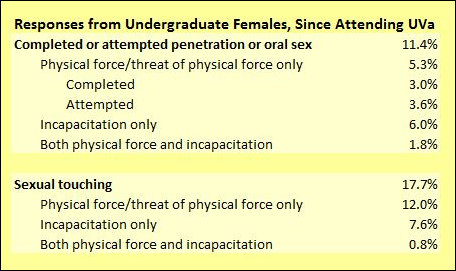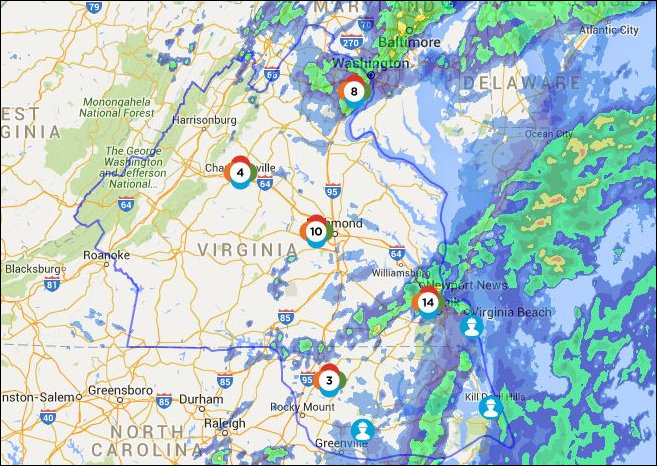Society chastises criminals, felons, addicts and others getting out of jail. The average citizen today thinks this population consists of bad guys. Why should people care about repeat offenders? They deserve to be locked up and the key thrown away. But in the next breath, people decry generational cycles of criminality and the high rates of recidivism.
Have you ever thought the two might go hand in hand?
It isn’t easy to escape the cycle. Let me present three situations that will make you think in a different vein – and, if not, at least give you food for thought. The stories below are true; some names have been changed to protect their identity.
Meet Scott. He’s a 39-year-old African American male. Scott met a girl that he really fell for. He was over 18; she was just shy of 18 years old. The girl’s mom didn’t like Scott, not one bit. She threatened him if they didn’t break up. Scott cared too much for the girl to leave her, so the mom filed charges against him for having sex with her underage daughter. At this point, in 1998, Scott was put behind bars. Criminality began with narcotics and related charges over the next 18 years.
Scott just finished serving 24 months for a hit and run. While he was locked up this time he did everything he could to rehabilitate himself. He worked extremely hard, and seven days a week. Many people recognized his work and he received constant commendations. As Scott neared release, however, he had nowhere to go. He literally was going to be homeless after release. He did not have one single person to call for help, not even someone to pick him up after he was released. He had four t-shirts and three boxers to his name – that is it. No socks, shoes, or pants. No money either, not a penny.
Scott seemed destined to live on the street corner somewhere, maybe under a bridge if it was raining. Fortunately, he was such a hard worker and had reached out for help to so many jail staff while incarcerated that donations came in like crazy. (The picture above shows the donations.) He received two bus tickets as well. But he was had nowhere to live. Not only did he not have money to fund a place, but he was a sex offender, making it close to impossible to find his own place. Because he was going to be on state supervision, he was set up to stay in a local hotel. Between the donations, including some non-perishable food items, and the hotel, we thought he would do OK. Little did we know the continued obstacles he would face.
Scott had no refrigerator or microwave in his hotel room, thus preparing food was tough. He did not have any money – literally not a dime. How was he supposed to eat? Open a a can of green beans and eat straight out of the can. Or eat protein bars for all three meals? He could not eat the mac ‘n cheese because he couldn’t heat the noodles. There were roaches covering his hotel room – on the first morning at the hotel he killed over 50 roaches (not an exaggeration). He needed to get a state ID to get food stamps. Well, the ID costs $15. He then needed a document from the Virginia State Police to get the ID. That cost $30. With no money, how could he get these items? Without these items he couldn’t get food stamps. Without the food stamps, he could not to eat. Without an ID he couldn’t get a job either. Wow, talk about setting someone up for failure. No wonder some many people have trouble breaking the cycle.
Fortunately, someone he networked with while in jail took Scott under his wing. His friend paid for the ID and the state police document, bought him McDonalds for lunch on the day of release, and bought him Wendy’s for lunch the next day. Wow, thank goodness he found this person. But not everyone in Scott’s position finds someone to help. If he hadn’t had this person helping him, it would have been next to impossible to escape the cycle. Sadly, the person who took Scott under his wing stated to me via text, “He seems depressed. He’s been institutionalized. He’s on his own, with nobody and he’s lonely. To top it off, HE KNOWS HE HAD IT BETTER IN JAIL.”
Wow, he had it better in jail. But it makes sense. Three meals, heat, and a roof over his head with no roaches, all of his basic needs were taken care of. Despite these obstacles, Scott began working on his forklift certificate after release, got a job interview in two days seven days after release, and landed another job interview later in the week. This is awesome. But how hard will it be for Scott to succeed considering everything is working against him? Continue reading













